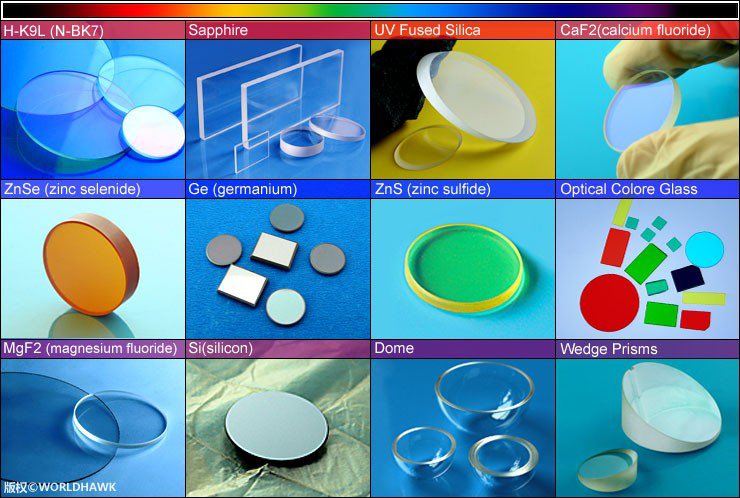Infected tissues of the corn are swollen into sarcomas due to the stimulation of metabolic products of the bacteria, and the host epidermal tissue is encapsulated to form a thin film, all of which are white or pale purple, gradually turned into gray, and later become dark gray. Some people call it "black bag." A large amount of black powder (the teliospores) is released after the mash has matured.
The disease can be infested several times in the growing period of corn, and mostly produce bacillary dysentery at the junction of stems or rhizomes of plants. It is rainy and humid, or alternates between dry and wet. It is conducive to disease. After a storm or hail attack, plant wounds increase. It is conducive to the invasion of pathogens, the incidence of severe disease, planting density is too large, poor ventilation and light in the field, but also conducive to the incidence of pathogen infection.
In summer and autumn, the weather is changeable, rainfall is high, storms and hail attacks occur in many places, plant wounds increase, high temperature and humidity, poor ventilation in the field, and provide favorable conditions for the occurrence and infection of corn tumor smut.
Prevention
1, removal of tumors. In combination with field management, the pathogenic bacteria “tumor†at the site of the disease will be removed manually, packed in bags and taken out of the field to be buried or incinerated for destruction, reducing the amount of bacteria in the field, and must not be discarded in the field. After the mature tumor is lost in the field, the black powder (pathogenic bacteria) produced by the diseased tumor will drift with the wind and rain and re-infect the young corn tissue until the corn matures. Removal of the disease is one of the best measures to prevent smut of corn tumor.
2, strengthen the cultivation and management. Avoid partial application of nitrogen fertilizer; timely control of corn borer and other pests; minimize mechanical damage.
3, chemical control. After removal of the tumor, use 50% of methicillin WP 500-800 times or 50% carbendazim WP 800-1000 times to reduce reinfection.
4, carefully returning fields. Straw stalks with severe disease are forbidden to return to the field.
Silk Screen Glass Window With Black Printing
Optical Windows are flat, plane-parallel plates that are often used as protective barriers for electronic sensors or detectors from outside environments. Optical Windows should be selected based on the material transmission or mechanical properties of the substrate. Optical Windows do not cause change in the magnification of a system. Worldhawks` Optical Windows are offered in a variety of substrates, such as Germanium (Ge), Silicon (Si), N-BK7(H-K9L), UV Fused Silica, Zinc Selenide (ZnSe). Multiple anti-reflection coating options are available for the Ultraviolet (UV), visible, or Infrared (IR).
Worldhawk offers standard and high precision optical glass windows in round ,rectangular, wedge windows and custom shape and size with different optical glasses,Fused Silica, Sapphire, ZnSe, Zns and IR crystal. The high precision parallelism of 10 arc seconds, surface quality of 40/20 and flatness of λ/10. Single layer or multi-layer anti-reflection coatings are available.


Black Printing Windows,Windows With Black Printing,Glass Window With Black Printing,Special Windows With Black Printing
ChangChun Worldhawk Optics Co.,Ltd , https://www.worldhawk-optics.com